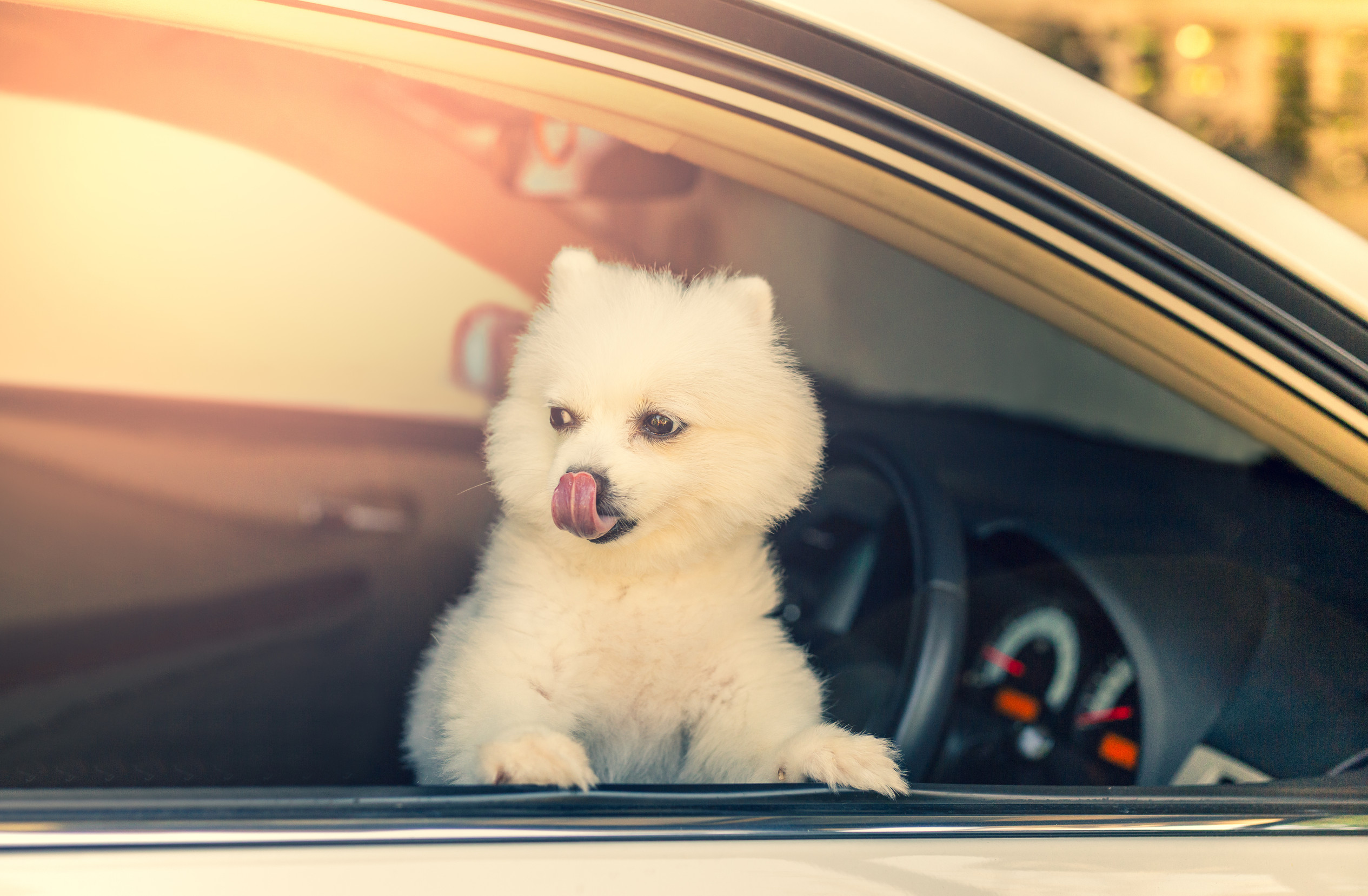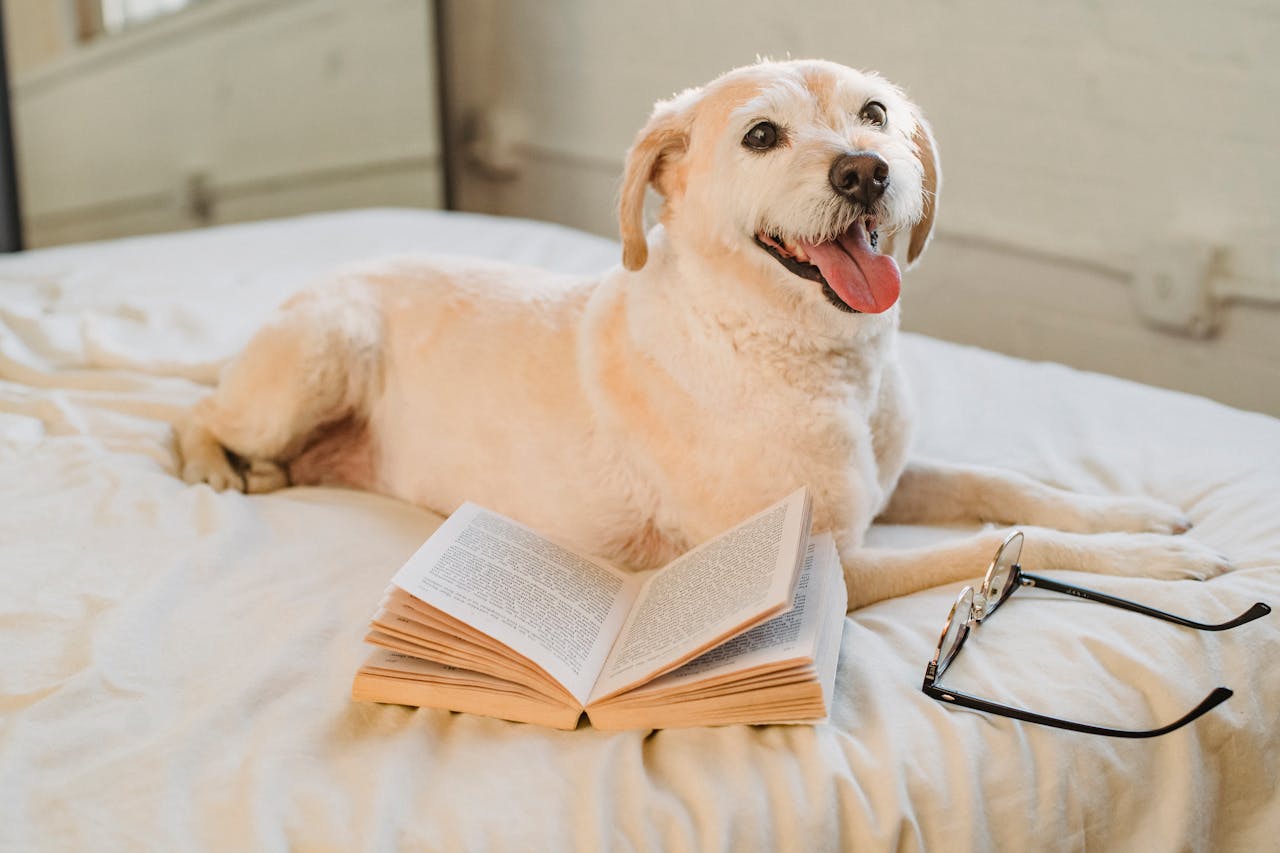There’s nothing quite like the feeling of snuggling under a comfy blanket, but is that as important for your dog as it is for you? For some dogs, especially growing puppies, seniors and very short hair breeds, an extra source of warmth can help make sleeping more comfortable. Anxious dogs may prefer to have a blanket for security. Whether you’re covering a piece of furniture where your pup likes to sleep or adding a blanket to their dog bed, it can be a good way to encourage proper sleeping habits, which is important for good health. Read below to find out all the facts you need to know from Peak Legacy Ranch in Peyton, CO before choosing a dog blanket.
Choosing the Right Blanket for Your Pup
Dogs need a regular amount of sleep in order to maintain good health. For adult dogs that’s about 10 hours a day and for puppies and seniors it can be even longer. While a nice, comfy dog bed is often all they’ll need, some dogs can benefit from the addition of a snuggly blanket to help them burrow in and sleep comfortably. Before you choose a blanket, you need to take some safety precautions into consideration.
- Choose a lightweight, breathable fabric that is sturdy enough to stand up to the wear and tear of regular use. Wool may be too itchy for sensitive skin. Fleece or microfiber is a better choice, particularly during the cold winter months.
- Select a washable fabric to make maintenance easier but be careful of which detergent you use for washing it so you won’t irritate your dog’s skin.
- Make sure the blanket isn’t too big so the dog can easily get away from it if necessary, especially if you’re using it inside a crate or in a dog bed. If the dog becomes tangled in the blanket, it could lead to injury.
- Don’t use a blanket that is old or worn as they can rip or tear more easily, which can lead to choking hazards.
- Never use a blanket with tassels or fringe, as these can become choking hazards.
- Though weighted blankets are often used to ease human anxiety, they don’t work as well for dogs, who are much smaller than us and can’t get out from under a weighted blanket as easily.
- Don’t use a heated blanket unless the dog is under constant supervision, as dogs may tend to chew on electrical cords, which can be a severe safety hazard.
- Avoid blankets made of fuzzy material as these can become chewing hazards.
*Dark colors can help to hide both excess hair and dirt.
*A blanket with a waterproof backing can be helpful for potty training puppies or dogs that regularly get wet, like Retrievers.
No matter which type of blanket you choose, always make sure to wash it regularly as bacteria and mold can build up on blankets over time and make your dog sick. Also, as much as your dog might like to burrow into a blanket, make sure they aren’t becoming overheated, especially in warmer weather. This is especially true for puppies and older dogs who can’t regulate their body temperature as easily.
Providing a comfortable environment for your dog to sleep in is one of the best things you can do for them, and that often includes a nice, warm blanket. Choose your blanket safely, following this important advice from Peak Legacy Ranch in Peyton, Colorado and you and your pup will both be able to rest easy!

